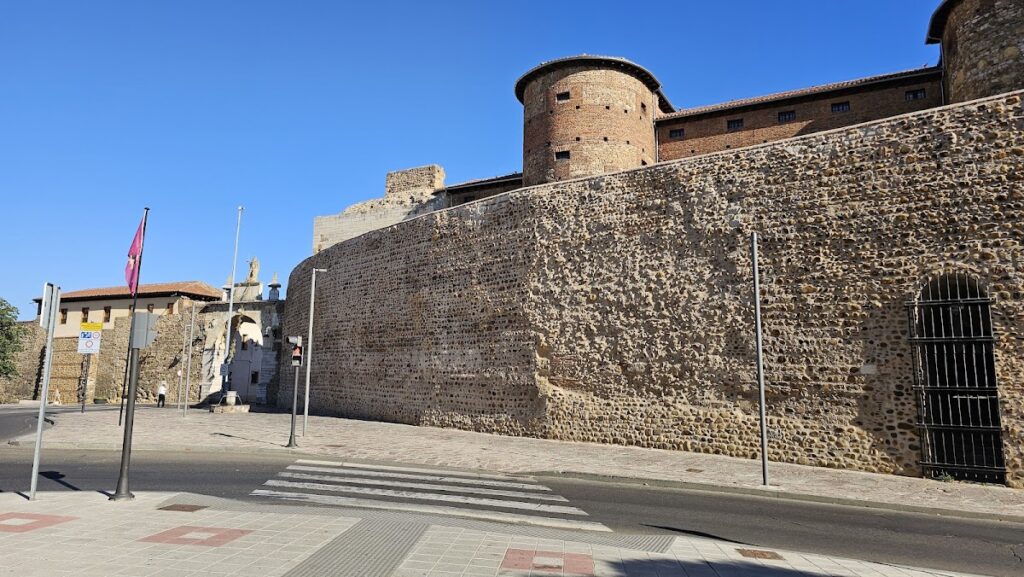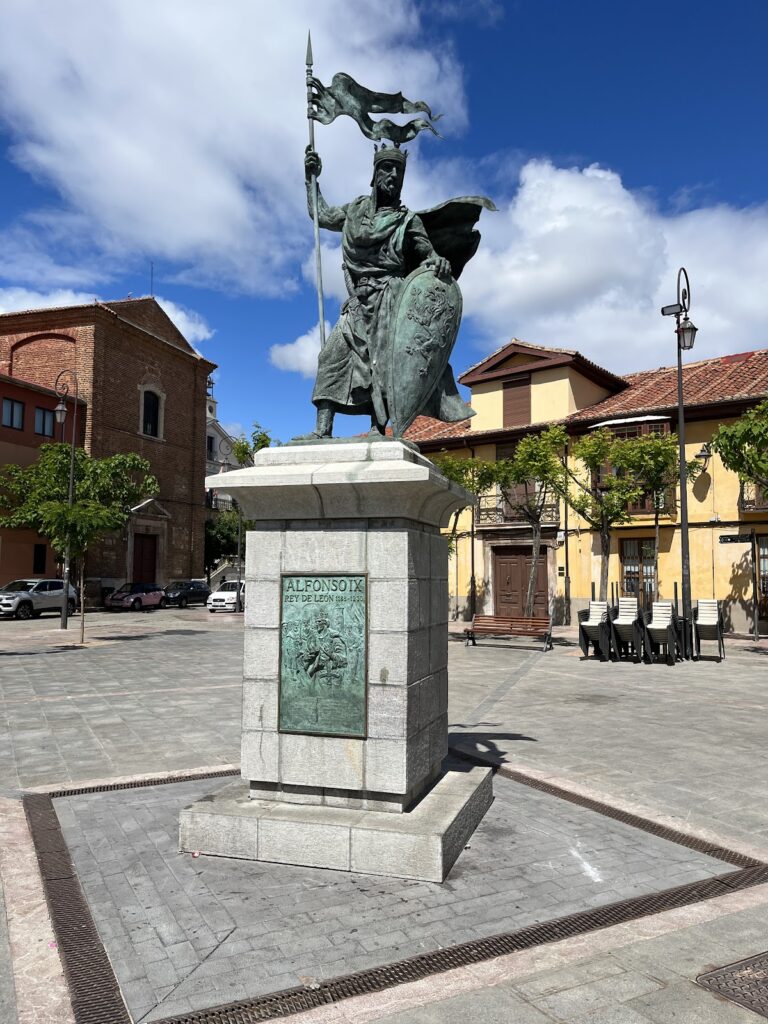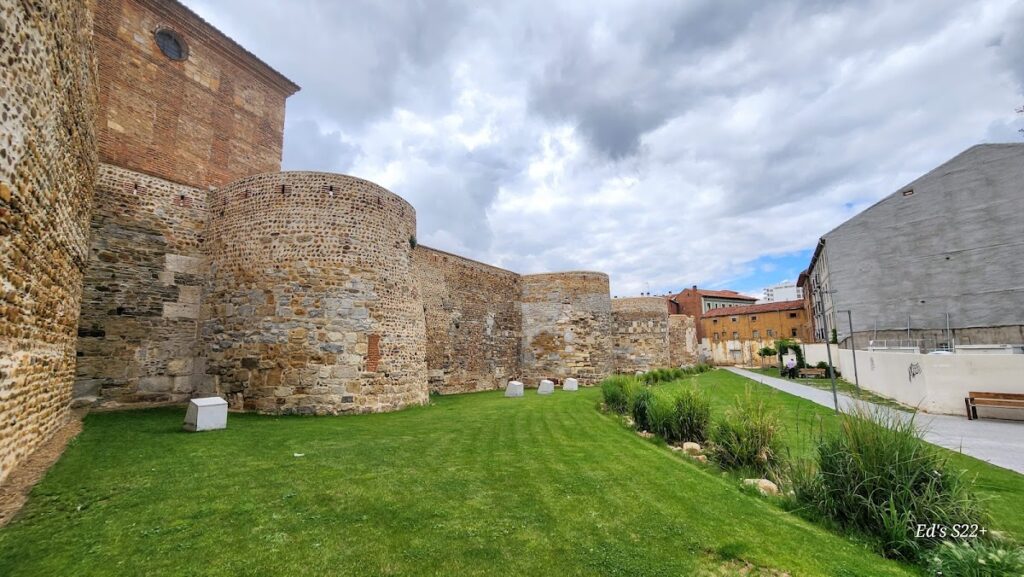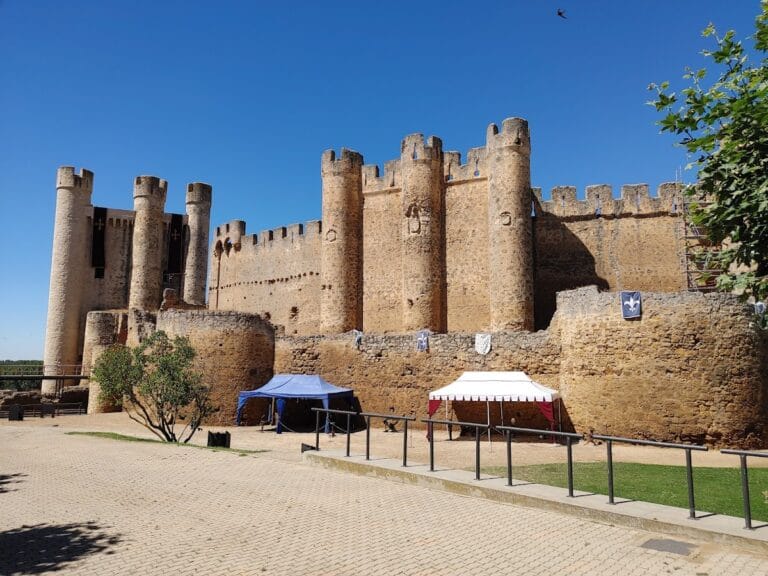Castillo de León: A Historic Fortress and Archive in León, Spain
Visitor Information
Google Rating: 4.5
Popularity: Low
Google Maps: View on Google Maps
Official Website: archivoscastillayleon.jcyl.es
Country: Spain
Civilization: Unclassified
Remains: Military
History
The Castillo de León is located in the city of León, Spain, and originated as part of the northern defenses of the Roman settlement established in the area. Initially integrated within the city’s Roman walls, this fortress gradually acquired a distinct military and administrative role throughout the medieval period.
From at least the 10th century, the Castillo de León functioned as a key defensive structure, originally identified in medieval records as the Torres de León. One of its earliest documented names, Puerta del Conde (Gate of the Count), dates back to the early 900s, highlighting its importance as both a gateway and a fortress guarding access to the city. Its military role is further demonstrated by its use as a prison during this period. Several notable figures were confined here, including the counts of Castile following the Battle of Valdejunquera in 920, King Alfonso IV of León in 931, and Count Fernán González between 943 and 945.
In the early 11th century, the castle became a residence for local nobility, housing Count Munio Fernández and his wife Elvira. Later, Berenguela of Castile, queen consort of Alfonso IX of León and mother of Ferdinand III of Castile, undertook restoration efforts, transforming the fortress into a palace. These modifications reflected its dual role as both a defensive structure and a noble residence.
The castle continued to receive maintenance and upgrades under the Catholic Monarchs and during the reign of Philip II in the 15th and 16th centuries, periods marked by political centralization and military reforms. However, during the Bourbon dynasty, the castle’s military significance diminished with the abolition of the castle lieutenant positions, leading to its gradual abandonment.
By the year 1800, the site was adapted back into prison use, reflecting a shift in function from fortification to incarceration. During the Spanish Civil War in the 20th century, the Castillo again served as a detention center, specifically for political prisoners. It ceased operation as a prison in 1960. After nearly two decades of disuse, rehabilitation efforts commenced in 1979 to repurpose the structure as the Provincial Historical Archive of León, a project completed by 1982, marking a new chapter in the castle’s history as a cultural institution.
Remains
The Castillo de León is enclosed by an ovoid-shaped wall that preserves the footprint of the complex as it developed from the Roman period through the medieval era. Built of sturdy masonry, its walls rise to about seven meters, providing a formidable defensive barrier typical of military architecture evolving from ancient Roman techniques.
Two large contiguous towers, known as cubos, stand attached to what was once the city’s Roman decumanus gate, which served as a main east-west thoroughfare. These towers, built for defense and observation, directly connect to the original Roman fortifications and were key elements in controlling access through this critical gate.
Adjacent to these is a taller medieval tower called the Torre del Conde (Count’s Tower). This tower served as the residence of the commander responsible for the city’s defense. While the Torre del Conde is partially ruined today, its remaining structure reflects its historical role as both a lookout point and fortified dwelling within the citadel.
Within the enclosure lie two courtyards flanking the old Roman wall, providing open spaces that supported the castle’s internal operations. A cistern, ingeniously connected to León’s water supply, was incorporated, ensuring a reliable source of water for inhabitants and defenders during sieges, an important strategic feature for a fortress.
In the 19th century, a significant modification took place with the construction of a three-story square building topped by a clock. This later addition housed administrative offices and served as the entrance to the prison facilities that operated intermittently during that century and into the 20th century.
Today, although parts like the Torre del Conde show signs of decay, the overall site is sufficiently preserved to demonstrate the layers of historical use spanning from Roman origins through medieval fortification to modern adaptive reuse. These surviving elements underscore the castle’s enduring importance to the city of León across many centuries.










